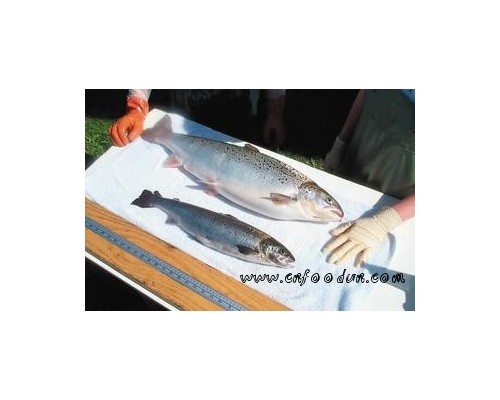原文导读:
More Animal Drug Tales from FDA
by Dan Flynn | Jul 21, 2010With the nation's dairy herd standing at about nine million head, any postmortem sampling of the edible tissues of single animals are anecdotal at best.
But every week, the U.S. Food and Drug Administration (FDA) issues a report or two suggesting that abuse of animal drugs, especially antibiotics, is responsible for contaminating edible tissues with drug residues at higher than allowable levels.
FDA sets the limits for drugs in the uncooked edible tissues of cattle. Tissue sampling is conducted by the U.S. Department of Agriculture's Food Safety & Inspection Service (FSIS) after a dairy cow is slaughtered for food.
After FDA inspections of dairy farms and their veterinarians, those who sold a cow with drug levels at higher than allowable levels or other animal drug violations get warning letters.
Dick-Mar Farms, located at Emlenton, PA received a June 7 warning letter about the level of a drug found in the kidney tissue of a cow that it sold for slaughter as food. FDA has not established a tolerance level for the drug involved, which in this case was not disclosed.
Gary L. Topp, a veterinarian in Apple Creek, OH, received a July 6 warning letter about misuse of the animal drug sulfamethaxazole.
An "extralabel" use of animal drugs requires the vet to write specific instructions for treatment, dosage, frequency, route of administration, and duration of therapy, FDA told the Ohio vet.
The vet is also required to specify withdrawal time for meat, which might be derived from a treated animal.
Topp did not meet those requirements, according to the FDA warning letter. Because of that use of the drug, sulfamethoxazole, was not in conformance with its approved uses.
Near Buckeye, AZ, the Triple G Dairy also received a July 6 warning letter. The Arizona dairy learned FSIS tissue sampling on a cow it sold for slaughter as food returned a result of 0.76 parts per million (PPM) of sulfadimethoxine in the liver tissue.
The FDA tolerance for sulfadimethoxine is 0.1 PPM.
"Our investigation also found that you hold animals under conditions that are so inadequate that medicated animals bearing potentially harmful drug residues are likely to enter the food supply, FDA wrote the Triple G. "For example, you failed to maintain complete treatment records."
A warning letter on July 2 was sent to Waukon, IA's Regancrest Holsteins Inc. over alleged misuse of multiple animal drugs.
"Our investigation found that you administered sulfadimethoxine to a lactating dairy cow without following the route of administration and the conditions of use as stated in the approved labeling, FDA wrote.
"Stilfafimethoxine is prohibited for extralabel use in lactating dairy cattle by 21 C.F.R. 530.41 (a)(9). Our investigation also found that you administered oxytetracycline to a lactating dairy cow without following the conditions of use as stated in the approved labeling. Your extralabel use of oxytetracycline was not under the supervision of a licensed veterinarian, in violation of 21 C.F.R. 530.11 (a).
"Furthermore, our investigation found that you administered tylosin to a lactating dairy cow without following the route of administration as stated in the approved labeling. Your extralabel use of tylosin was not under the supervision of a licensed veterinarian, in violation of 21 C.F.R. 530.11(a). Because your use of these drugs was not in conformance with their approved labeling and did not comply with 21 C.F.R. Part 530, you caused the drugs to be unsafe under section 512(a) of the Act, 21 U.S.C. § 360b(a), and adulterated within the meaning of section 501(a)(5) of the Act, 21 U.S.C. § 351(a)(5)."







